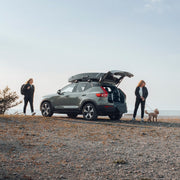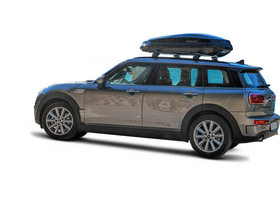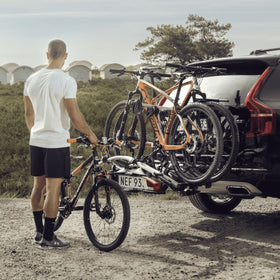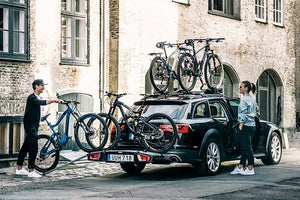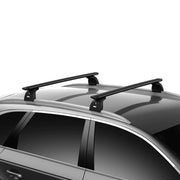

January 30, 2024
UK Law specifically regarding the use of loaded roof bars
As of April 2023, there have been no significant changes in UK law specifically regarding the use of loaded roof bars. However, it is important for drivers to be aware of and comply with existing laws and regulations that apply to driving with roof bars. Here are some key points to consider:
-
Load Limits: The vehicle manufacturer’s specifications for maximum load capacity must be adhered to. This includes the weight of the roof bars themselves plus the load they carry. Exceeding this limit can not only be dangerous but also illegal.
-
Secure Loading: The law requires that any load carried on a vehicle, including on roof bars, must be securely fastened. An insecure load can lead to fines and points on your driving license. It's crucial that the load does not shift while driving, as this can affect vehicle handling and stability.
-
Height Restrictions: Be aware of the height of your vehicle with the roof bars and loaded items. This is particularly important to avoid collisions with low bridges, overpasses, or entrances to car parks. There are no specific legal height limits for vehicles with roof bars, but drivers are responsible for ensuring their vehicle can safely pass under any height restrictions on their route.
-
Overhanging Loads: If your load overhangs either the front or rear of your vehicle, you must take additional precautions. For rear overhangs exceeding a certain length (usually over 2 meters from the rear axle), you may need to use a marker, such as a brightly colored flag, during the day and additional lights at night.
-
Insurance: While not a direct legal issue, it’s important to check with your insurance provider. Some policies may have specific clauses regarding the use of roof bars and the transportation of loads, which could affect your coverage in the event of an accident.
-
Visibility and Mirror Requirements: It’s illegal to drive if your view through the rear window is obstructed. You might need to use additional mirrors if your load obstructs the view through your rear-view mirror.
-
Speed Limits and Driving Style: While there are no specific speed limits for vehicles with roof bars, it's important to adjust your driving style and speed according to the load you are carrying. The Highway Code advises reducing speed and allowing more time for stopping when carrying a heavy load.
It's always a good practice to stay informed about the latest traffic laws and regulations, as they can change. For the most current information, consulting government websites, such as the DVSA (Driver and Vehicle Standards Agency) or the Highway Code in the UK, is recommended. Remember, safety and compliance with legal standards are paramount when driving with roof bars.
Start shopping Now
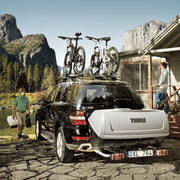
Bike Carriers & Racks

Roof Boxes & Baskets
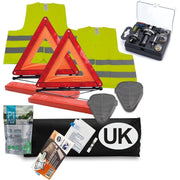
Travel Accessories
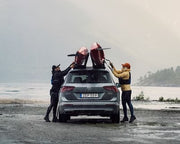
Sports & Leisure
